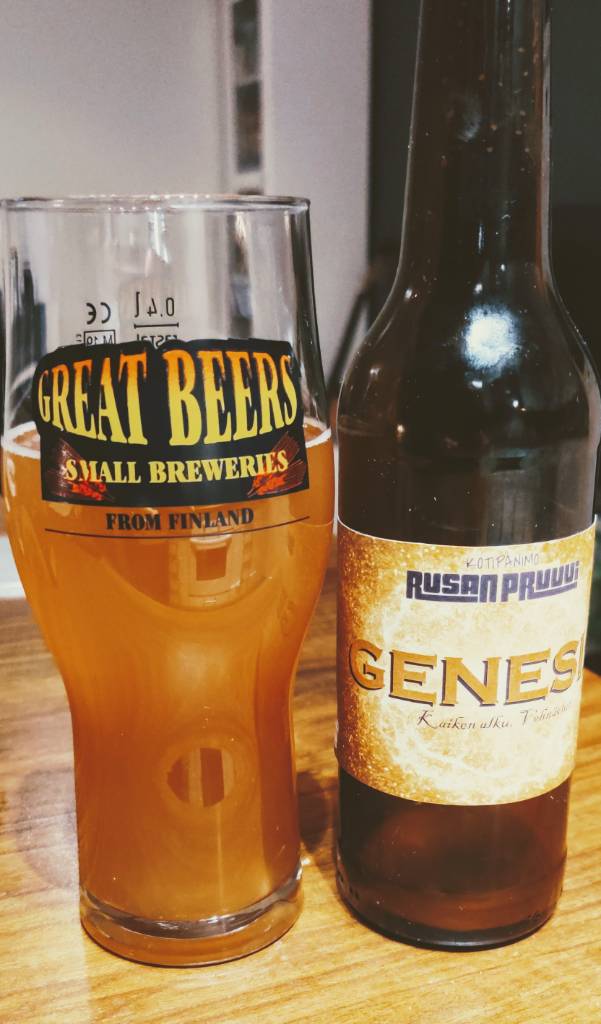A few other comments for
@Nick Z...
Definitely check out How To Brew for its science aspects, but be aware of some important caveats regarding equipment: The book is based on older material, and is very biased towards a 5 gallon batch, and traditional homebrew equipment like propane burners, buckets, fly sparging, 3 vessels, etc.
Nowadays, things have changed. There are many purpose-built electric gizmos for homebrewing that obviate the older equipment, especially for smaller batch brewers. There are small kegs, small fermenters, and Amazon - with its jillions of random products that can be adapted for homebrewing.
Also, the online community, including right here (HBT), Brulosophy, and numerous popular Youtubers have busted myths, tried new and weird things, and shared techniques with all of us.
Today's world of homebrewing is not John Palmer's world of yesteryear. So take some of that material with a grain of salt, useful though it may be for learning how brewing works.












![Craft A Brew - Safale S-04 Dry Yeast - Fermentis - English Ale Dry Yeast - For English and American Ales and Hard Apple Ciders - Ingredients for Home Brewing - Beer Making Supplies - [1 Pack]](https://m.media-amazon.com/images/I/41fVGNh6JfL._SL500_.jpg)













































